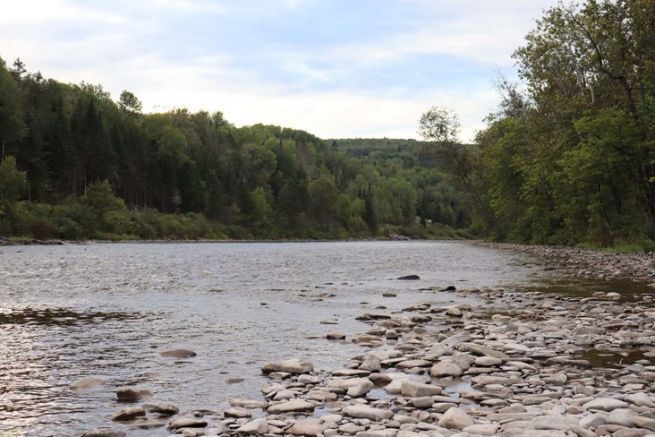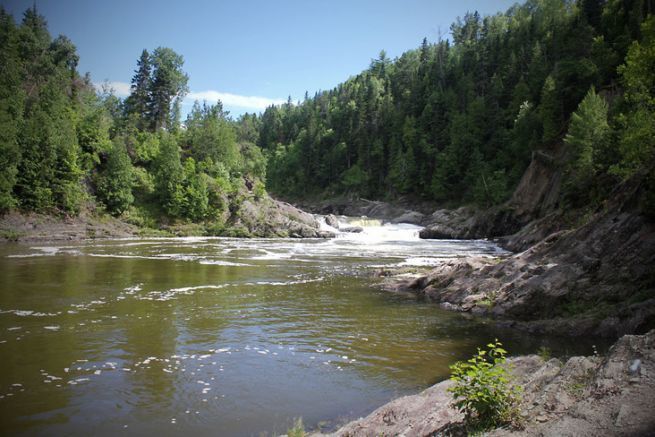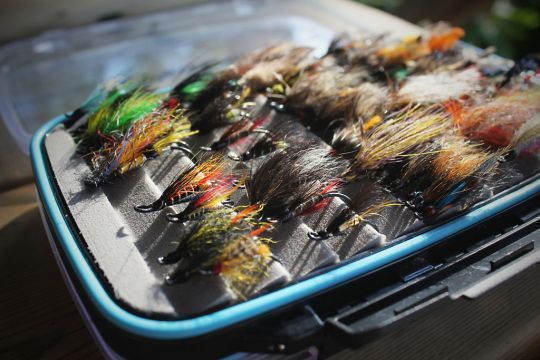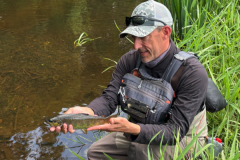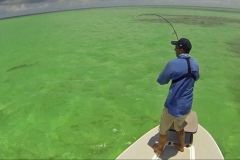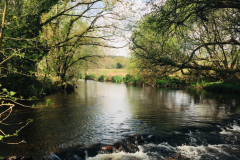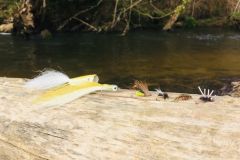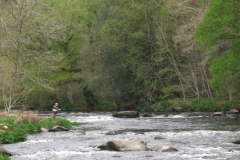Pools are characterized by a slower surface current and a large bottom, often the bottom is not visible while elsewhere on the river the bottom is clearly visible. Once a pool is identified, its potential must be exploited, which is often located upstream and downstream. In fact, a salmon pool can be divided into 3 parts:
Upstream
The upstream part of the pool is an area where the current accelerates. Fish that want to move upriver will position themselves here while they find a way through. This is an interesting area to fish because the current is often maintained and the fish that are there may be taken. However, you must be able to identify the currents where the salmon are likely to position themselves.
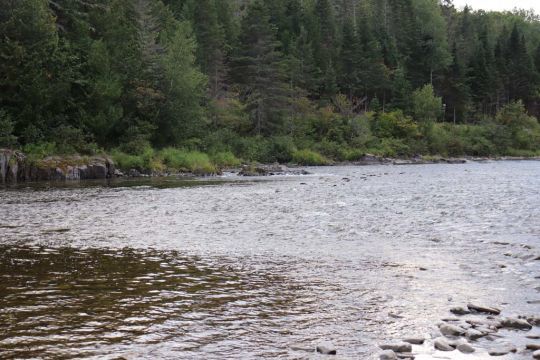
The pit
Then comes the pit itself. This pit can be very deep and it is here that the majority of the salmon are waiting. However, as fishing in Quebec is only done with an unleaded fly and a floating line, it is almost impossible to fish here, because the lack of current does not allow the fly to drift. It is therefore an area that is often neglected, in favor of upstream or downstream, even if there is nothing to prevent you from trying your luck, for example when you see salmon fly on the surface.
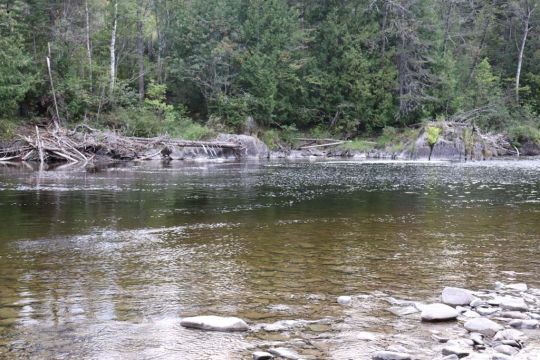
Downstream
Downstream is often the most productive area. We find there salmon which leave the pit to position themselves in this part of the river which is more subjected to the current, and thus which brings more oxygen. On the surface, the water is calmer and it is there that we can spot the fish more easily, in order to fish precisely on their positions. However, it is also the area where the salmon have the easiest time seeing the fishermen, so you have to be discreet.
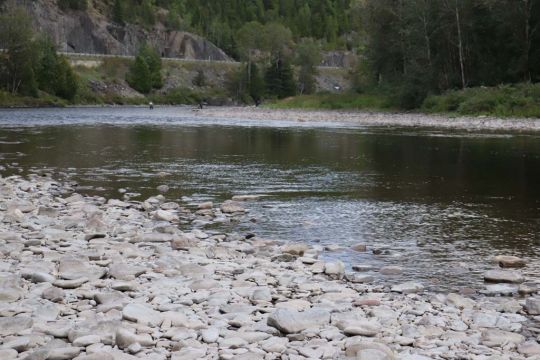
This configuration is found most of the time. Finding the salmon is quite complicated at first, but as is often the case in fishing, spending time at the water's edge and understanding the fish's behavior are the first steps to take before hoping to catch any.
